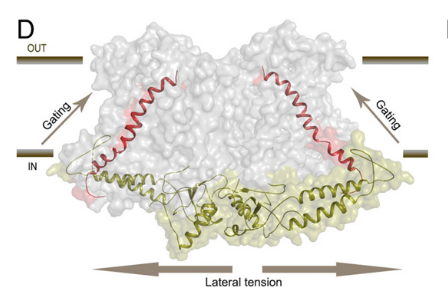
Cryo-EM structure of OSCA1.2 sheds light on the mechanical basis of membrane hyperosmolality gating (PNAS) ($)
Osmotic stress in plants elicits many responses, one of which is increased accumulation of Ca2+ in the cytosol. Genes involved in this response have been identified, yet the mechanism behind the Ca2+ transport remains unknown. Maity et al. investigated the structure and function of the osmolality-sensitive…
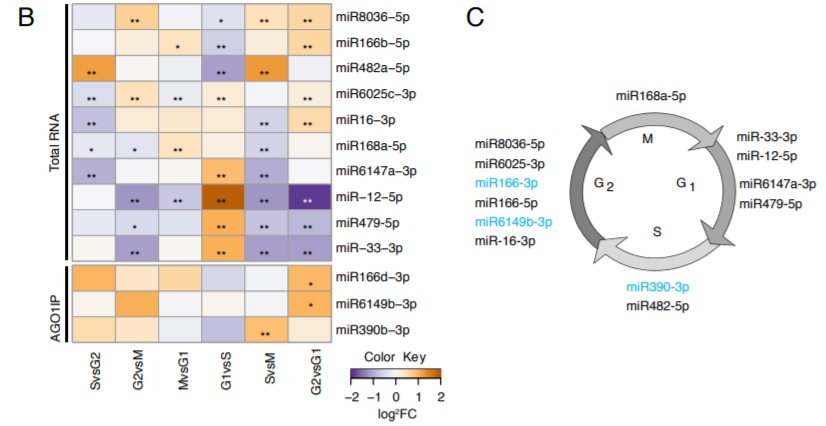
Cell cycle dependent regulation and function of ARGONAUTE1 in plants (Plant Cell) ($)
Regulation of gene expression at transcriptional, translational and post-translation levels is crucial for proper plant growth. Post-transcriptional gene regulation by small RNAs like microRNA (miRNA), siRNA and phasi-RNAs is necessary for meristem maintenance in plants. Unlike in the mammalian system,…
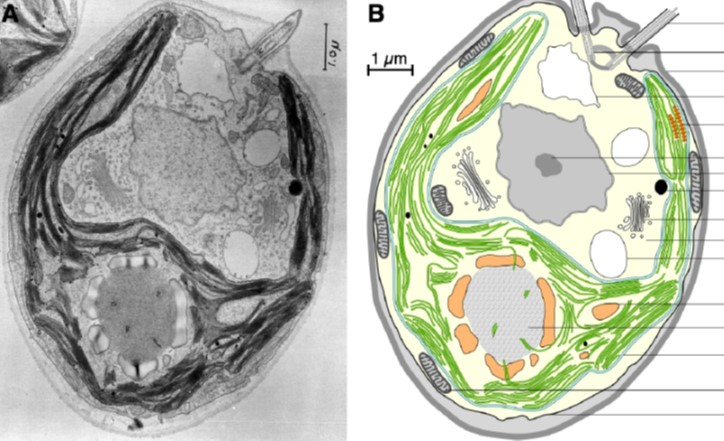
Review: A series of fortunate events: Introducing Chlamydomonas as a reference organism (Plant Cell)
Clamydomonas reinhardtii is the most thoroughly characterized unicellular alga. Like yeast, it is a single-celled eukaryotic organism that is easy to culture, and it lives predominantly in its haploid form but is readily mated for genetic studies. Additionally, it is light-responsive, photosynthetic,…
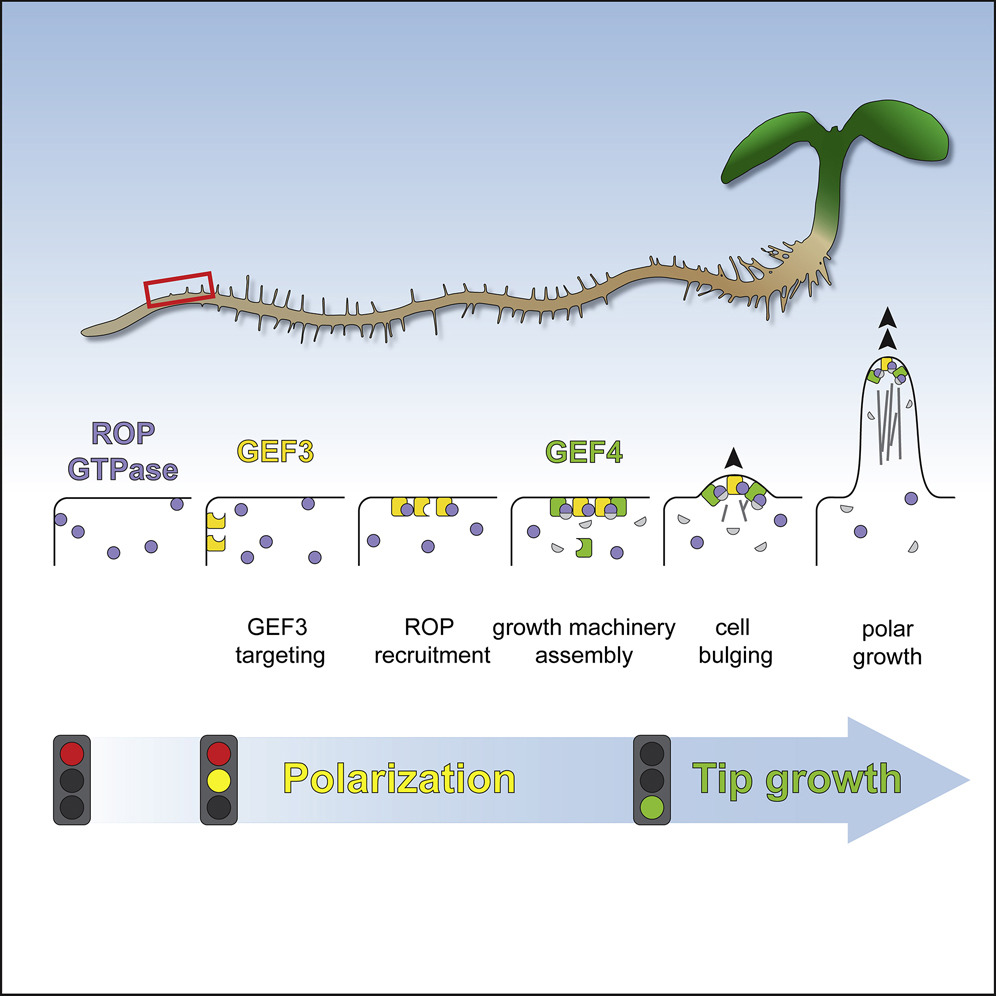
Distinct RopGEFs successively drive polarization and outgrowth of root hairs (Curr. Biol) ($)
Root hairs vastly increase the surface area of the root in contact with the soil substrate, and are crucial for efficient water and nutrient uptake. They are also an excellent system for studies of polar growth or tip growth in cells, a process that involves the cytoskeleton, defined membrane domains,…
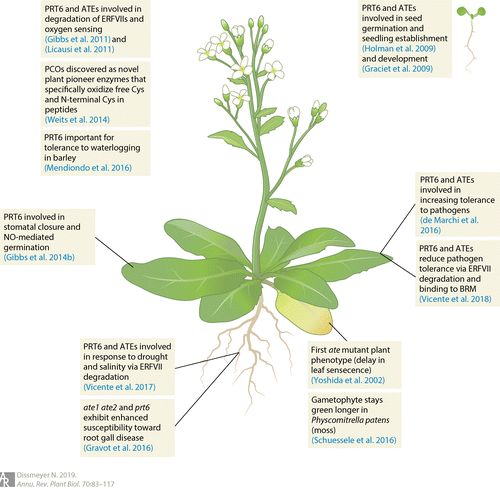
Review: N-degron pathway-mediated proteostasis in stress physiology (Annu Rev Plant Biol)
The rate of most biological processes is ultimately determined by protein activity levels, which of course are determined by rate of degradation or inactivation as well as production. Dissmeyer reviews the Cys/Arg branch of the N-degron pathway (previously called the N-end rule pathway) that contributes…
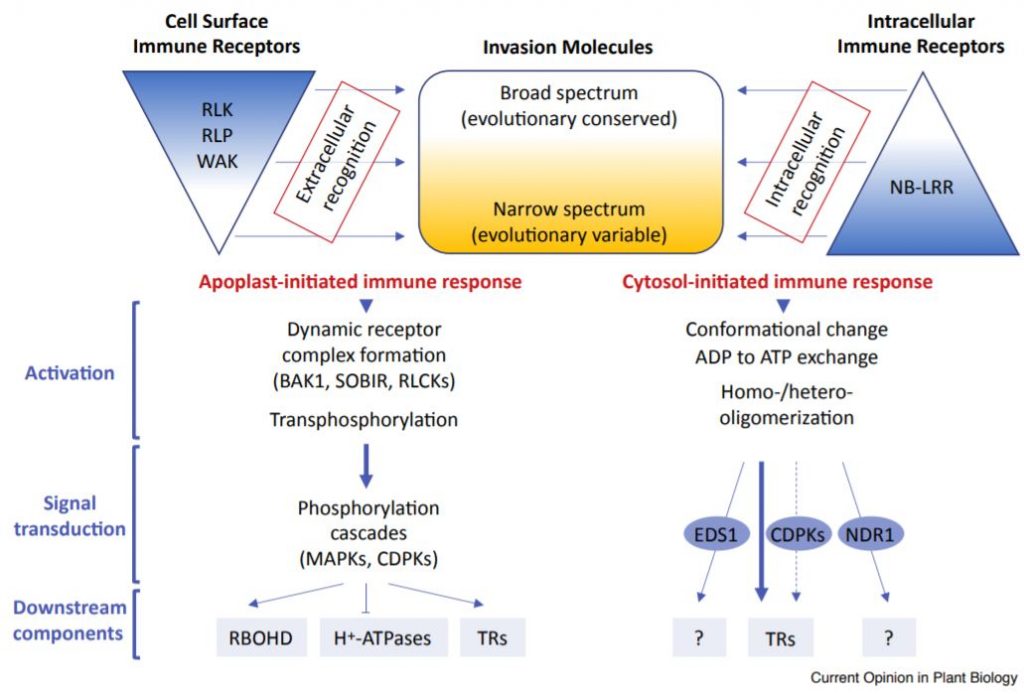
Review: Plant immunity, refining the model (Trends in Plant Sci and Curr Opin Plant Biol)
Interactions between plants and microorganisms occur in many different ways and on many different levels. Scientists have been attracted to this field of research because of the need to identify the agents causing infectious diseases in economically important crops. Models have been developed to describe…
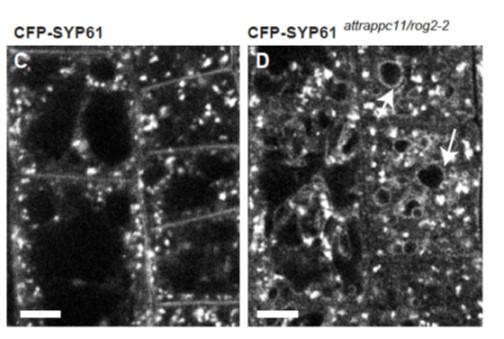
Transport protein particles contribute to endosomal organization and function (Plant Cell)
Transport protein particles (TRAPPs) are multisubunit complexes that regulate intracellular trafficking, but haven’t yet been well characterized in plant cells. The authors previously identified AtTRAPPC11 as an abundant protein in the SYP61 vesicle proteome, with homology to mammalian TRAPPC11. Here,…
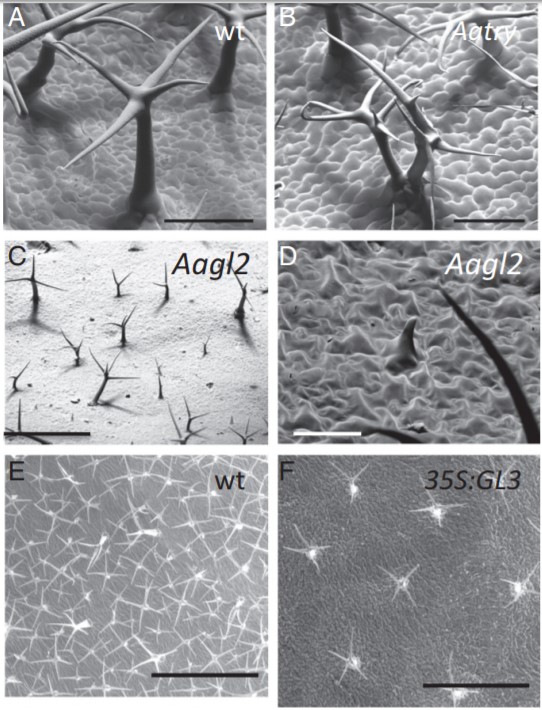
Genetic and Molecular analysis of trichome development in Arabis alpina $ (PNAS)
Trichomes (plant hairs), arise from epidermal cells of plants. The molecular mechanism involved in the development of trichomes of plants has been well studied in Arabidopsis thaliana. In this paper, Chopra et al. have identified key regulators of leaf trichome development in Arabis alpina, a species…
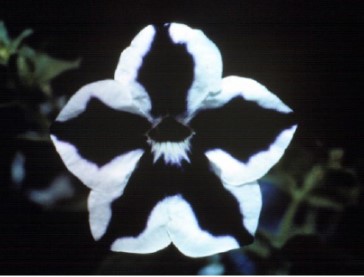
Reflections on Classics: Plant Cell‘s 30th anniversary
“The 1980s were an exciting and revolutionary time for biology, and plant molecular biology in particular,” begins an editorial by Bob Goldberg, Brian Larkins, and Ralph Quatrano, the three Founding Editors of The Plant Cell. They describe why the American Society of Plant Physiologists (ASPP; later,…

